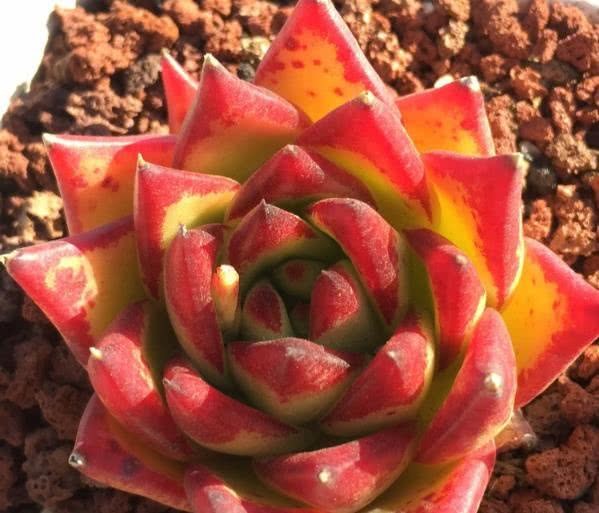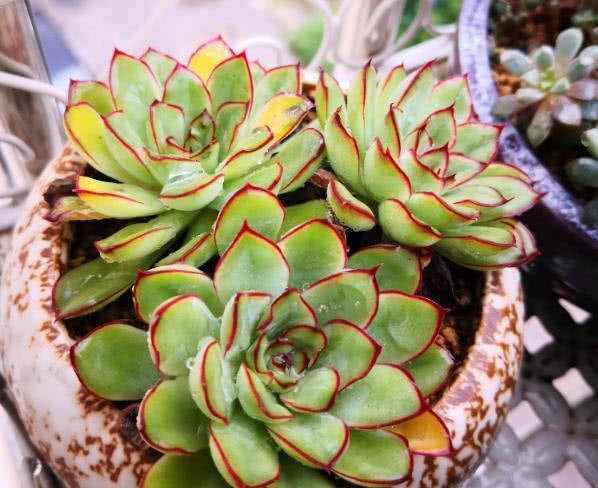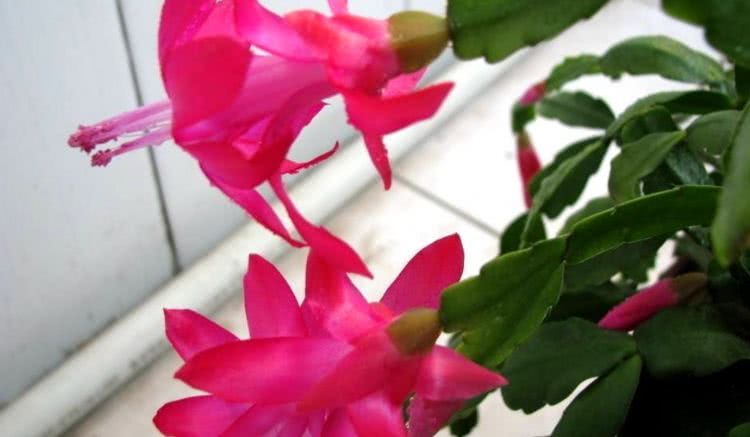The soil used by succulent plants should have a certain degree of water retention which is beneficial to the growth of roots.

Succulent plants refer to higher plants with enlarged vegetative organs. Because succulent plants are drought-tolerant, simple in planting and nursing, diverse in variety, strong in reproductive ability, and beautiful and lovely in shape, they can be watched all the year round, so they are popular all over the world as potted plants. Because succulent plants are mainly native to Mexico and South Africa, their roots need less water and fertilizer, so when planting, the substrate is required to be loose and breathable, good drainage, good water retention, and contain a certain amount of humus. Neutral or weakly acidic (a few species can be slightly alkaline).
When the root system of succulent plant grows well, the succulent plant can be fed and become beautiful, and the soil is closely connected with the root system, so we can imagine how important the allocation of soil is. Hua you said that the allocation of soil still depends on the succulent situation. If the succulent seedlings just bought, the root system is very weak. At this time, it is not suitable to use the soil with more granular soil, which is not conducive to the growth of the root system, and the soil should have some water retention. If it is a succulent plant, the proportion of granular soil in the soil can be larger. Chiyu soil and Maifan stone are both easy to use granular soil with good permeability and drainage, accounting for about 70%. If it is an old pile, 90% granular soil can be used. after a long time, you can also use full-granular soil for planting.
Generally speaking, soil blending is divided into two parts: organic plant material and inorganic plant material. The main function of inorganic plant material is to increase soil permeability, drainage, water retention and so on. At present, red jade soil, volcanic rock, perlite, phytolith, ash slag and even large-size river sand have excellent effects on the improvement of soil permeability and drainage. The main function of organic plant material is to provide necessary nutrition for plant growth, and the increase of organic plant material will also increase the water retention of soil. The common organic plant materials are peat soil, rotten leaf soil, coconut bran, fairy soil, garden soil and so on.
The requirements of soil in different growth stages are also different. For example, at the seedling stage, the root system is underdeveloped, the content of organic matter is slightly less, and the soil is mainly made of light materials with some fine sand, and then slowly increase the content of organic matter later. Succulent plants in different regions have different requirements for soil. For example, the climate in the north is dry, the moisturizing capacity of the soil is slightly higher; in the south, Rain Water is abundant and the air humidity is high, which requires higher drainage and ventilation of the soil.
Succulent plants of different families and genera have different requirements for soil. For example, epiphytic species need a certain amount of humus, while some terrestrial species with poor soil and underdeveloped roots have lower requirements for humus than the former. Not only do different families need different soils, but even different genera of the same family have different soil requirements. Take the Chinese aloe and lying cattle of the Liliaceae, for example, the former belongs to the genus Aloe, which has strong habits and fast growth, and can be added with sufficient base fertilizer at the bottom of the basin. The latter is a plant of the genus Ctenopharyngodon idellus, which grows slowly and does not need base fertilizer.
The main function of vermiculite is to increase the ventilation and water retention of soil (medium). Because it is fragile, with the extension of use time, it is easy to make the medium dense and lose ventilation and water retention, so the use time of coarse vermiculite is longer than fine vermiculite, and the effect is good. Sunxiang soil: it is a kind of volcanic pumice. The porous and lightweight horticultural soil produced in Rixiang City, Japan, looks a bit like Kaguma soil, but also very dry like other pumice. It is a light stone sterilized at high temperature. It can improve the drainage of the soil. Suitable for plant varieties that do not like to change pots and do not need to change pots, in addition to bonsai and fairy balls, it can also be used as the surface decorative soil of potted plants, and it is also suitable as a part of cutting soil. It is the addition of soil, used too much or completely, will affect the stability of plants. Generally, the effect of mixing with red jade soil and deer marsh soil is better.
Here is a gathering place for succulent plant lovers, sharing succulent maintenance skills, welcome to follow and exchange.
- Prev

If you want to water the succulent plants and control the amount of water, the roots will not rot.
It is summer now, do not often water succulent plants at this time. When watering, do not water the leaves when it is cool at night, so as not to turn the leaves into black rot and ventilate them in time after watering. It is difficult to water succulent plants.
- Next

It is important to raise crab claw orchids to prevent rotting roots in summer. It is important to throw a handful of roots into the soil and grow strong.
Crab claw orchid is a flower-watching vegetation that many people like, but friends who have raised crab claw orchid all know that the most common situation is root rot. Therefore, many people like to graft crab claw orchid on cactus or leaf fairy, so.
Related
- Wuhan Hospital Iron Tree Blooming Result Was Instantly Frightened by the Gardener Master
- Which variety of camellia is the most fragrant and best? Which one do you like best?
- What is the small blue coat, the breeding methods and matters needing attention of the succulent plant
- Dormancy time and maintenance management of succulent plants during dormancy
- Minas succulent how to raise, Minas succulent plant pictures
- What are the varieties of winter succulent plants
- How to raise succulent plants in twelve rolls? let's take a look at some experience of breeding twelve rolls.
- Attention should be paid to water control for succulent plants during dormant period (winter and summer)
- Watering experience of twelve rolls of succulent plants
- Techniques for fertilizing succulent plants. An article will let you know how to fertilize succulent plants.

